Disclosure: This article contains affiliate links. We may earn a commission from purchases at no extra cost to you, which helps our travel content.
The first time I encountered Phoenix's distinctive Sonoran landscape, I was reminded of the arid plains outside Jaipur – familiar yet utterly foreign. As someone who has spent years analyzing renewable energy systems across climate zones, Phoenix presents a fascinating case study in adaptation and innovation. This sun-drenched metropolis, nestled in the Valley of the Sun, receives more solar radiation than almost any major urban center globally—a fact that both challenges and inspires its development. Beyond the engineering marvel that is modern Phoenix, there lies a cultural tapestry woven from Indigenous heritage, pioneering spirit, and contemporary Southwestern flair. Having explored over sixty cities worldwide, I've crafted this 72-hour itinerary to balance urban exploration with desert immersion, ensuring couples can experience Phoenix's unique blend of natural wonders and human ingenuity without leaving an oversized carbon footprint.
Day 1: Urban Exploration & Cultural Immersion
Begin your Phoenix adventure in the heart of the city, where the juxtaposition of historic buildings and modern sustainable architecture tells the story of a metropolis constantly reinventing itself while honoring its past.
Morning: Downtown Discovery
Start at Heritage Square, Phoenix's oldest residential block, where Victorian-era homes stand as testament to pre-air conditioning ingenuity. The passive cooling techniques employed in these structures—high ceilings, strategic window placement, and wraparound porches—demonstrate principles that modern sustainable architects are rediscovering. The adjacent Arizona Science Center offers excellent exhibits on desert ecosystems and renewable energy, topics particularly close to my heart.
From there, walk to the Phoenix Public Market Café for breakfast, where locally-sourced ingredients transform into Southwestern classics. Their prickly pear iced tea is a refreshing antidote to the morning heat, which even in spring can climb quickly.
Afternoon: Cultural Exploration
The Heard Museum houses one of the most comprehensive collections of Native American art in the country. As someone who has studied indigenous engineering solutions across continents, I find the exhibits on water management and desert adaptation particularly fascinating. The museum contextualizes these innovations within broader cultural narratives, reminding visitors that sustainability is not merely a modern concern but an ancient necessity.
Afterward, take the light rail (Phoenix's expanding public transit system) to the Phoenix Art Museum. The contemporary wing features several installations addressing climate change and human-environment relationships that are both thought-provoking and visually stunning.
Evening: Roosevelt Row Arts District
As the desert sun begins its descent, head to Roosevelt Row, Phoenix's vibrant arts district. The First Friday Art Walk transforms the area into an open-air gallery, though the district buzzes with energy any evening. For dinner, I recommend FnB Restaurant in nearby Scottsdale, where Chef Charleen Badman crafts award-winning dishes from Arizona-grown produce. Her commitment to showcasing local ingredients aligns perfectly with sustainable dining principles while delivering exceptional flavors.

💡 Pro Tips
- Purchase a day pass for the light rail to reduce your carbon footprint while exploring
- Carry a reusable water bottle as Phoenix's dry heat demands consistent hydration
- Visit Heritage Square early to avoid midday heat, even in spring
Day 2: Desert Immersion & Botanical Wonders
Phoenix's identity is inextricably linked to the Sonoran Desert that cradles it—a unique ecosystem that has shaped both the city's development and its relationship with sustainability.
Morning: Desert Botanical Garden
Rise early to experience the Desert Botanical Garden in the golden morning light. As an engineer who has studied water conservation systems globally, I find their demonstration gardens particularly illuminating. The garden showcases over 50,000 desert plants, including 139 rare or endangered species, while employing sophisticated drip irrigation systems that maximize efficiency.
The Sonoran Desert Nature Loop Trail offers an excellent introduction to the region's ecology. I recommend bringing a quality field guide to identify the surprising diversity of flora you'll encounter. During my last visit in April, the garden was ablaze with wildflowers—a spectacular display that defies common perceptions of desert landscapes.
Afternoon: Camelback Mountain
For couples seeking a physical challenge with spectacular rewards, Camelback Mountain offers two trails of varying difficulty. The Echo Canyon Trail (challenging) and Cholla Trail (moderate) both lead to panoramic views of Phoenix and the surrounding valley. The mountain's distinctive profile has been a navigational landmark for millennia, used by the ancestral Hohokam people long before modern Phoenix existed.
As someone who has hiked across five continents, I can attest that Camelback offers a unique experience—where else can you scale a mountain within city limits and observe the fascinating interface between urban development and protected natural space? The hike reveals Phoenix's thoughtful (though not perfect) approach to preserving natural features within its urban footprint.
Evening: Sunset at Papago Park
As the day cools, head to Papago Park to witness sunset from the distinctive Hole-in-the-Rock formation. The geological feature frames the changing sky colors perfectly, creating a natural observatory for the day's end. The short, easy trail to reach it makes this accessible to hikers of all abilities.
For dinner, I suggest Ocotillo Restaurant, where the outdoor dining area surrounded by desert landscaping extends your immersion in the Sonoran environment while enjoying contemporary Southwest cuisine. Their mesquite-grilled vegetables and locally-raised meats honor regional culinary traditions while incorporating modern sustainable practices.
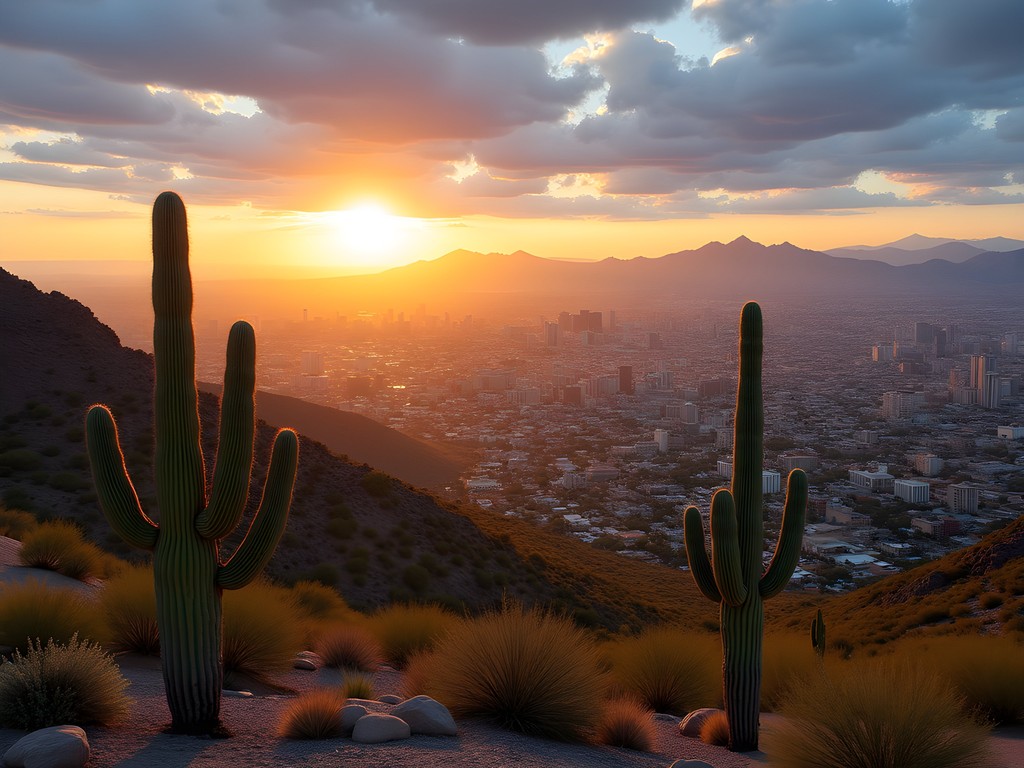
💡 Pro Tips
- Start desert activities early to avoid midday heat
- Wear proper hiking boots with ankle support for Camelback Mountain trails
- Bring at least 1 liter of water per person for every hour of planned hiking
Day 3: Architectural Marvels & Sustainable Innovation
Phoenix's architectural landscape reflects both its climate challenges and innovative solutions—a subject that bridges my professional interest in sustainable engineering with my passion for cultural exploration.
Morning: Taliesin West
Begin your final day with a visit to Taliesin West, Frank Lloyd Wright's winter home and school in the desert foothills of Scottsdale. Having studied architectural thermodynamics during my doctoral research, I find Wright's desert adaptation principles particularly fascinating. The complex demonstrates how thoughtful design can work with, rather than against, extreme environments.
The 90-minute guided tour reveals Wright's innovative use of local materials, strategic orientation for passive cooling, and integration with the surrounding landscape—principles that inform contemporary sustainable architecture. I recommend booking the first morning tour when temperatures are pleasant and the quality of light brings Wright's design intentions to life.
Afternoon: Musical Instrument Museum
The Musical Instrument Museum (MIM) might seem an unusual recommendation in a sustainability-focused itinerary, but this remarkable institution connects cultural heritage preservation with resource conservation. The museum's climate control systems represent state-of-the-art approaches to protecting sensitive artifacts while minimizing energy consumption—a challenge I've encountered in preservation projects across humidity extremes.
Beyond its technical merits, the MIM houses over 8,000 instruments from around the world, organized by geographic region. The wireless headphone system automatically plays corresponding music as you approach each exhibit, creating an immersive experience. I was particularly moved by the Indian classical instrument collection, which transported me back to childhood memories of concerts in Delhi.
Evening: Adaptive Reuse in Downtown Phoenix
For your final evening, explore Phoenix's growing adaptive reuse movement in the Warehouse District. Buildings that once faced demolition have been thoughtfully repurposed into restaurants, galleries, and mixed-use spaces. The sustainable travel backpack I've carried throughout my travels proves perfect for this urban exploration—lightweight yet spacious enough for water bottles and a light layer as evening temperatures drop.
Dine at The Duce, housed in a 1928 warehouse that combines restaurant, bar, and vintage shop in a celebration of creative reuse. The contrast between the industrial setting and farm-fresh menu exemplifies Phoenix's evolving identity. End your evening with craft cocktails at Century Grand, an immersive experience housed in a repurposed commercial space that now transports visitors to another era through thoughtful design and storytelling.

💡 Pro Tips
- Book Taliesin West tours in advance as they frequently sell out
- Allow at least 3 hours to properly experience the Musical Instrument Museum
- Use ride-sharing services for evening activities if you plan to enjoy Phoenix's craft cocktail scene
Sustainable Dining & Local Flavors
Phoenix's culinary scene has evolved dramatically over the past decade, moving beyond expected Southwestern fare to embrace a farm-to-table ethos that showcases the surprising agricultural bounty of the Sonoran region.
Farm-to-Table Pioneers
The Valley's agricultural heritage dates back to the ancient Hohokam civilization, whose canal systems—some still in use today—transformed desert into farmland. Modern Phoenix honors this legacy through restaurants committed to sourcing locally and sustainably.
For breakfast, Essence Bakery Café uses organic, locally-milled flours and seasonal ingredients in their pastries and savory offerings. Their commitment extends to compostable packaging and energy-efficient operations—a holistic approach to sustainability that aligns with my own values.
Lunch at Phoenix Public Market Café connects diners directly with local producers. The restaurant adjoins an urban farmers market (open Saturdays) where you can meet the very farmers who grew your meal's ingredients. This transparent supply chain represents the best of conscious consumption.
Indigenous Ingredients & Traditions
For a deeper connection to place, seek out restaurants incorporating traditional desert ingredients. Barrio Café Gran Reserva, helmed by Chef Silvana Salcido Esparza, elevates regional Mexican cuisine while highlighting indigenous ingredients like nopales (cactus pads), cholla buds, and mesquite flour.
I particularly recommend experiencing a meal at Kai, the only Native American-owned restaurant in North America to earn Forbes Five-Star status. Located just outside Phoenix at the Sheraton Grand at Wild Horse Pass, Kai's menu tells the story of the Pima and Maricopa tribes through sophisticated dishes that honor traditional ingredients with modern technique.
Sustainable Sipping
Arizona's wine country might be less famous than California's, but the Verde Valley produces remarkable vintages with significantly lower carbon footprints due to shorter transport distances. Many Phoenix restaurants feature these local wines, including Postino Wine Café, whose adaptive reuse of historic buildings complements their commitment to showcasing regional producers.
For coffee enthusiasts, Cartel Coffee Lab epitomizes third-wave coffee culture with direct trade relationships and meticulous attention to roasting profiles. Their reusable coffee cup discount program encourages sustainable habits—I purchased mine during my first Phoenix visit and have carried it on journeys across three continents since.

💡 Pro Tips
- Visit the Phoenix Public Market on Saturday mornings to meet local producers and purchase regional specialties
- Look for the 'Devour Phoenix' designation which indicates restaurants committed to local sourcing
- Request tap water rather than bottled—Phoenix's water treatment system produces perfectly safe drinking water despite desert conditions
Practical Tips for Sustainable Phoenix Exploration
As both an engineer and conscientious traveler, I've developed strategies for exploring destinations with minimal environmental impact while maximizing authentic experiences. Phoenix presents unique challenges and opportunities for sustainable tourism.
Transportation Considerations
Phoenix's sprawling layout initially suggests car dependency, but the expanding light rail system connects many major attractions and neighborhoods. The Valley Metro Rail runs from early morning until midnight (2am on weekends), with trains arriving every 15-20 minutes. A 3-day visitor pass offers excellent value and significantly reduces your carbon footprint.
For areas beyond public transit reach, consider using Phoenix's Grid Bike Share program. The system features solar-powered stations throughout central Phoenix, and the city's flat terrain makes cycling accessible even for occasional riders. I found the dedicated bike lanes on Central Avenue particularly well-designed, providing safe passage between downtown and the Encanto district.
When neither rail nor bikes are practical, ridesharing services offer a better alternative than traditional car rentals for short trips. For couples planning extensive desert exploration, however, consider a hybrid vehicle rental to minimize fuel consumption while maintaining flexibility.
Water Conservation
Water scarcity defines the desert Southwest, making conservation not just environmentally sound but culturally respectful. Carry a reusable water bottle—most Phoenix attractions offer filling stations. The insulated water bottle I've relied on for years keeps water cold for hours even in triple-digit temperatures.
Practice the same water-saving habits you would at home: brief showers, reusing hotel towels, and being mindful of unnecessary water use. These small actions collectively reduce the burden on Phoenix's sophisticated but stressed water management systems.
Heat Management
Even spring days in Phoenix can reach temperatures that surprise visitors from more temperate climates. Plan outdoor activities for morning hours, seek shade during midday, and always carry sun protection. A broad-brimmed hat, mineral sunscreen, and lightweight, long-sleeved clothing provide better protection than repeated application of chemical sunscreens that can harm aquatic ecosystems when washed off.
Most importantly, listen to your body and adjust plans accordingly. Heat exhaustion can progress rapidly, turning an enjoyable outing into a medical emergency. The desert demands respect, but rewards thoughtful visitors with extraordinary experiences.
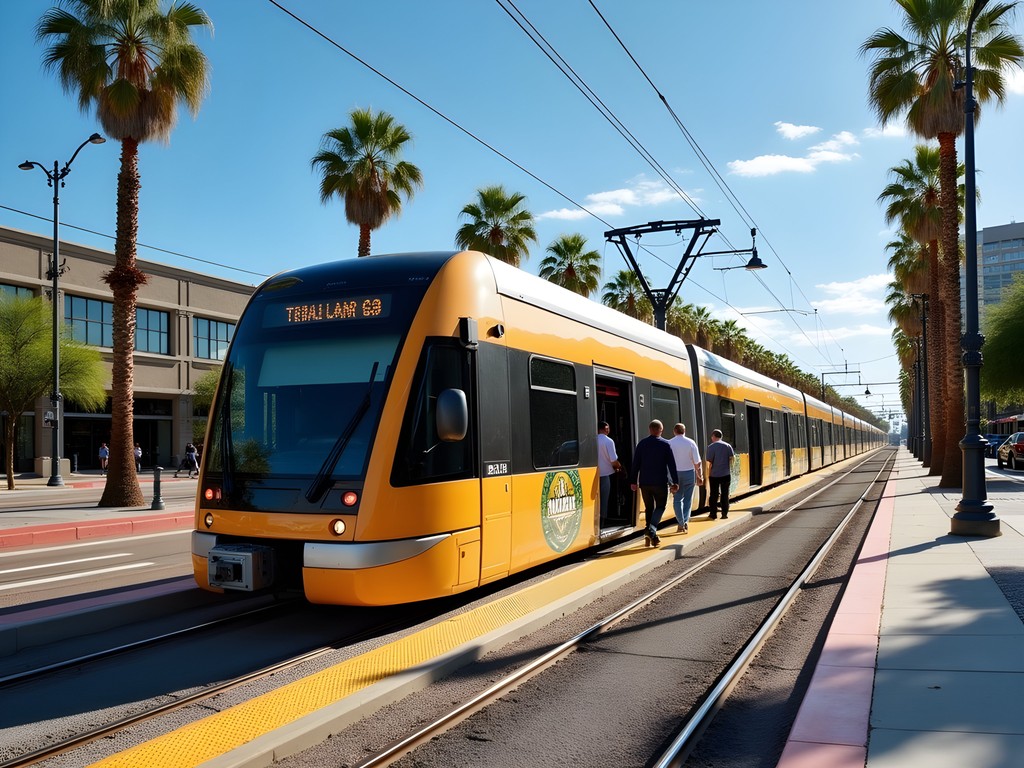
💡 Pro Tips
- Download the Valley Metro app for real-time public transportation updates
- Look for hotels with LEED certification or published sustainability programs
- Support businesses displaying 'Local First Arizona' signage to maximize your economic impact within the community
Final Thoughts
As the sun sets on your final evening in Phoenix, casting long shadows across the Sonoran landscape, you might find yourself—as I did—reconsidering preconceptions about desert cities. Phoenix embodies fascinating contradictions: a water-dependent metropolis in an arid environment, a sprawling urban area with pockets of remarkable sustainability, a young city built upon ancient foundations. In just 72 hours, you've experienced its multifaceted character—from architectural innovation to cultural preservation, from desert wilderness to urban sophistication. The city's ongoing efforts to balance growth with environmental stewardship mirror larger global challenges, making Phoenix not just a destination but a living laboratory for sustainable urban development. As you prepare for departure, consider how the lessons of this desert city—adaptation, resilience, and respect for natural limitations—might inform your approach to both travel and daily life. Phoenix's story is still being written, and conscious travelers contribute meaningful chapters to its ongoing narrative.
✨ Key Takeaways
- Phoenix offers surprising cultural depth beyond its reputation for golf and sunshine
- Early morning and evening hours provide the best conditions for outdoor desert exploration
- The city's expanding public transportation system makes car-free tourism increasingly viable
- Phoenix's culinary scene emphasizes local ingredients and sustainable practices
📋 Practical Information
Best Time to Visit
February through April, October through November
Budget Estimate
$150-250 per day per couple excluding accommodation
Recommended Duration
3-4 days
Difficulty Level
Easy

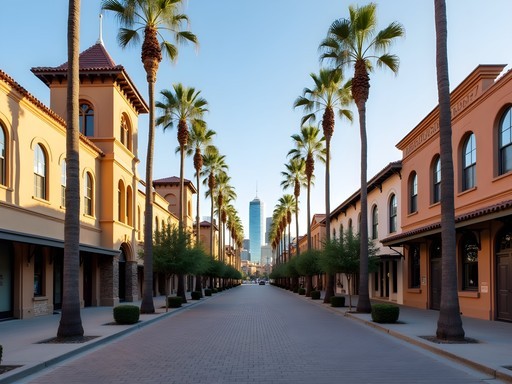



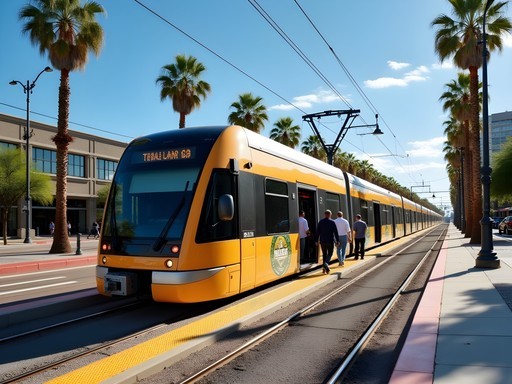





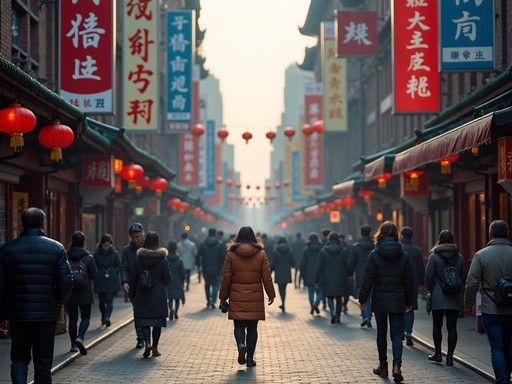
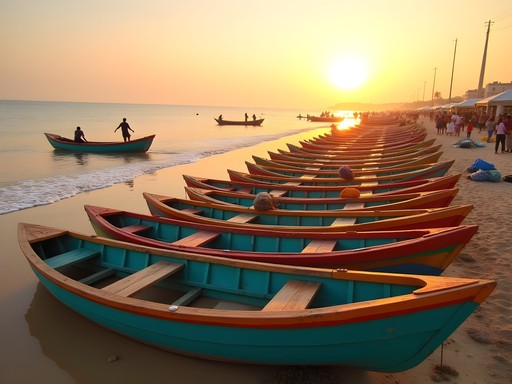


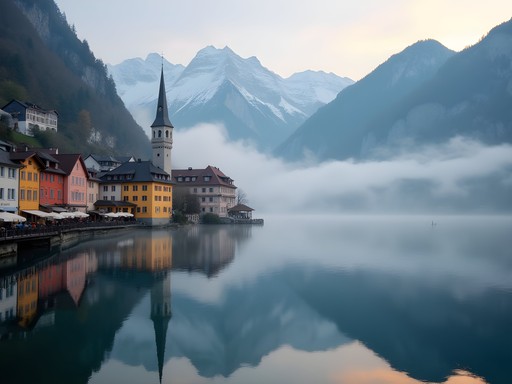
Comments
wanderlustmaster
Bookmarked! Planning a trip there in January!
roamchamp
January is perfect weather there! Not too hot, not too cold. Enjoy!
smartpro
If you're into photography, bring a polarizing filter for those desert landscape shots. The clarity it adds to the blue skies against the red rocks is amazing. We also found early mornings at Papago Park perfect for catching the golden light on the rock formations.
Raymond Hassan
Excellent breakdown of Phoenix, Cole. I visited last year while researching sustainable tourism practices in desert cities. What struck me most was the contrast between water-intensive golf courses and the native drought-resistant landscaping efforts. The Musical Instrument Museum deserves more attention - it offers fascinating cultural context beyond just the Southwest. For those interested in the ecological aspects, I'd recommend adding the McDowell Sonoran Preserve to your Day 2 itinerary - their volunteer-led sustainability tours provide valuable insights into desert conservation efforts. Did you find the public transportation adequate for your itinerary or would you recommend renting a car?
Cole Smith
Great points about the McDowell Sonoran Preserve, Raymond! I did rent a car for convenience, especially for reaching Taliesin West and some of the hiking spots. The light rail is good for downtown, but Phoenix's sprawl makes a car pretty essential for exploring efficiently.
nomadpro
Love how you compared it to Jaipur! Never thought of that connection but it makes sense!
cityfan
Just got back from Phoenix last week and your itinerary is spot on! The Desert Botanical Garden was the highlight for me - those night lights were magical. We also added Taliesin West to our trip which I'd highly recommend for architecture fans. The only thing I'd add is that the light rail was super convenient for getting around the downtown area.
mountainbuddy
Great post! How's the hiking around Phoenix in summer? Wondering if I should wait till fall to visit.
Cole Smith
Thanks for asking! Summer hiking can be brutal - I'd definitely recommend fall (Oct-Nov) or spring (Mar-Apr) for the best experience. If you do go in summer, stick to early morning hikes and bring LOTS of water.
mountainbuddy
Perfect, thanks! Will aim for November then.
dreamwalker
Those sustainable dining spots you mentioned were amazing! Especially loved the farm-to-table place with the prickly pear margaritas!
Cole Smith
The prickly pear margaritas are something special, aren't they? Glad you enjoyed the recommendations!
dreamwalker
Sooo good! We also discovered this little taco spot near the Heard Museum that used local ingredients. Can't remember the name though...
Cole Smith
Might have been Taco Guild? It's in an old church building and they do amazing farm-to-table tacos.
dreamwalker
That's it! Those mesquite grilled street corn tacos were incredible!
sunnylegend
Going to Phoenix next month! Any recommendations for sustainable dining spots that aren't in the post? Love the focus on eco-friendly options!
Cole Smith
Check out Confluence in downtown Phoenix - they source everything from within 50 miles when possible. Also, FnB in Scottsdale for amazing farm-to-table options!
sunnylegend
Thanks so much! Adding these to my list!
redbackpacker
Planning to visit Phoenix in November. Is that a good time? And how's the public transport situation if I don't want to rent a car?
dreamwalker
November is perfect! Not too hot, not cold. We used the Valley Metro light rail system to get around downtown and took rideshares to places further out. Worked well enough!
Cole Smith
@redbackpacker November is ideal weather-wise! I'd recommend using the light rail for downtown exploration, but consider renting a car for at least one day to experience the desert landscapes outside the city center. The Sonoran Preserve is worth the trip but difficult to access via public transport. If you're staying central, the free downtown circulator bus (DASH) is quite useful too!
redbackpacker
Thanks so much! I'll look into that one-day car rental idea. Any specific areas you recommend staying in?
Hunter Thompson
I stayed in Roosevelt Row and loved it - artsy area with great coffee shops and murals everywhere. Easy access to light rail too. If you're renting a car for desert trips, make sure to bring plenty of water and a portable shade - absolute lifesaver in the desert sun!
Jean Wells
Having visited Phoenix three times in the past decade, I find your analysis of the city's sustainable initiatives particularly astute, Cole. The juxtaposition of water conservation practices against the backdrop of rapid urban development creates a fascinating case study. During my last visit in 2024, I was impressed by the evolution of the restaurant scene - particularly how local chefs are incorporating indigenous ingredients. For those following this itinerary, I would suggest adding Heard Museum to Day 1 - their collection provides essential context for understanding the cultural landscape of the Southwest. The architectural progression from traditional to modern sustainable design tells a compelling story about adaptation to extreme environments.
Cole Smith
Excellent suggestion about the Heard Museum, Jean! You're absolutely right about how it contextualizes everything else in the itinerary. I'm particularly intrigued by your observations on the restaurant scene's evolution.
Venture X
Premium card with 2X miles, $300 travel credit, Priority Pass